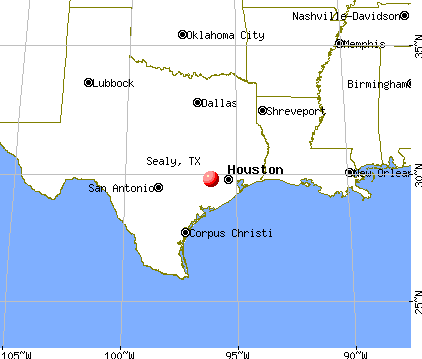*
THEN STEINBECK KILLED MY PONY
by Stacey Swann
I refused to finish the book or to forgive the librarian.
| From unknown children's book, please contact me if you know its name |
When I was six, the Sealy, Texas public library moved from a cramped space across the street from the Methodist church to a large, modern building across the street from the public pool (in towns as small as Sealy, every building comes with locational context). Built through a bequest from the late Dr. Virgil Gordon and his wife Josephine, I suspect it was a fancier library than most small Texas towns could boast in 1980.
My mother brought my sister and I there often throughout our childhood. Despite not having been there in more than twenty years, I can still remember the glass display case by the water fountain, the large wood-lined meeting room, and the shelves and shelves of books. I owned my best loved books—The Chronicles of Narnia, The Hobbit, Walter Farley’s The Black Stallion series—but the library satisfied my need to read every single Encyclopedia Brown book, and that alone made me adore the place.
In retrospect, though, that librarian, that book, likely pushed me in a more interesting, more challenging direction. By sixth grade, I had more than exhausted the Gordon Library’s children and young adult section. Instead, I ripped through the books my parents checked out. (They didn’t mind if my sister and I read them, as long as we didn’t take them from the living room or move their bookmarks.) I happily consumed Robert Ludlum, Tom Clancy, and Colleen McCullough, but I most vividly remember Stephen King.
While I’ve never fully shed my shyness, it did seem to retreat through my junior high years. I even joined the Debate team in high school. After all, I reasoned, even if I did embarrass myself at a speech tournament, that was nothing compared to eating your own hands and feet in order to stay alive. (Seriously, check out “Survivor Type. ” King himself said, "As far as short stories are concerned, I like the grisly ones the best. However the story 'Survivor Type' goes a little bit too far, even for me.")
In writing this essay, I stumbled on the news that my library, like so many across the country, is in financial trouble. Its future is even more complicated because it's technically a private library, and neither the city nor the county say they can give more than a fraction of its operating budget. Regardless, the library is an amazingly important space, even besides all the good it does the community in the expected ways. It’s a vast place where we can still stumble accidentally upon books, be exposed to things that might veer away into unsafe territory. Because it is those things, those unexpected and challenging encounters, that really make us who we are.
 |
|
used with photographer's permission
|
*
 |
| Stacey Swann |
Stacey Swann lives, writes, and teaches in Austin, Texas. Her short stories have appeared in Epoch, Versal, The Saint Ann’s Review, Memorious, Freight Stories, and The Good Men Project. Once a contestant on the game show Jeopardy!, Swann was also the editor of American Short Fiction, a recipient of a Stegner Fellowship from Stanford University, and a finalist for the Jesse Jones Fellowship. Swann is currently at work on a novel entitled Olympus, TX.
